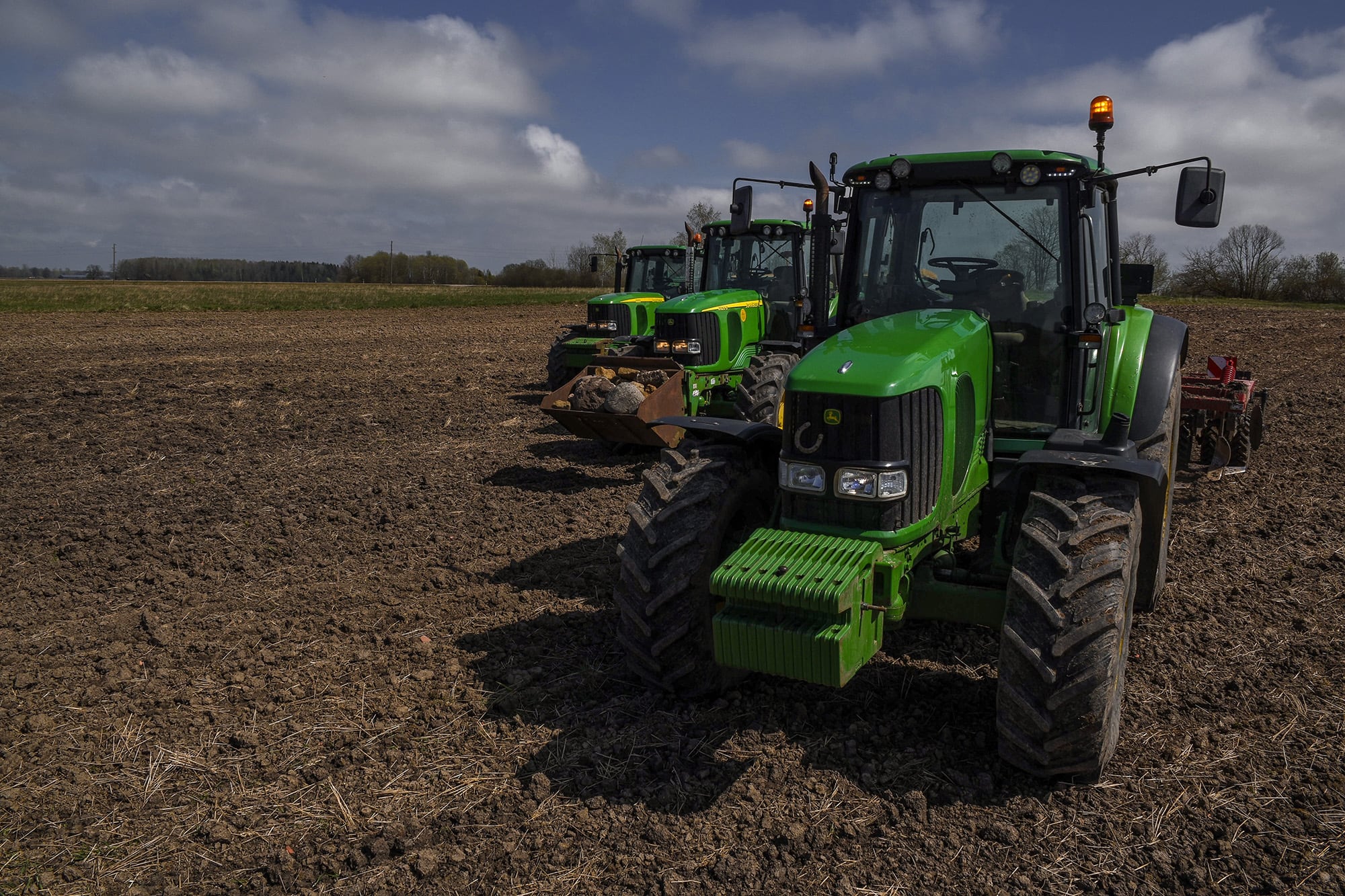Dealing with the Challenges of Diesel Particulate Filters: A Comprehensive Overview

In the pursuit of cleaner air and reduced emissions, diesel particulate filters (DPFs) have emerged as essential components in modern diesel engines. These filters effectively mitigate the harmful particulate matter produced during diesel combustion, contributing to improved air quality and environmental preservation.
However, while DPFs play a critical role in emission reduction, they also present a range of challenges that vehicle owners, manufacturers, and environmental advocates must grapple with.
In this blog, we will delve into the intricate complexities of diesel particulate filters, exploring the problems they entail and their implications for both vehicle performance and the environment. Once the problems have been identified we will offer solutions to try and keep DPF expenses at a minimum.
Most common problems with DPFs
Here are some of the most common problems with DPFs.
1. Regeneration Difficulties: A Delicate Balance
DPFs function by capturing and storing particulate matter emitted during engine combustion. To prevent these filters from clogging and losing efficiency, they require periodic regeneration. This process involves raising the exhaust temperature to burn off the accumulated soot.
However, successful regeneration can be impeded by various factors, including short trips, low engine temperatures, and stop-and-go urban driving. These driving conditions may not provide the ideal conditions for regeneration, leading to incomplete burn-off and potential filter blockages.
Such blockages can result in reduced fuel efficiency, engine malfunctions, and costly repairs.
2. Accumulation of Ash: A Lingering Problem
While soot can be effectively burned off during regeneration, ash particles are incombustible and accumulate within the DPF over time. Ash originates from engine oil additives and the natural degradation of engine components.

As ash accumulates, it restricts airflow, decreases filter efficiency, and contributes to higher exhaust backpressure. Consequently, engine performance can be compromised, and in severe cases, the DPF may require maintenance or replacement. This issue underscores the importance of understanding ash content and its impact on DPF longevity.
3. Sensor and Monitoring Challenges: Precision Matters
The reliable functioning of DPFs relies on accurate monitoring of exhaust temperature, pressure differentials, and oxygen levels. Sensors play a crucial role in regulating regeneration cycles and ensuring optimal filter performance.
However, sensor malfunctions or inaccuracies can lead to improper regeneration cycles. This may cause increased soot accumulation, decreased filter efficiency, and potentially, the emission of pollutants beyond acceptable limits.
Moreover, inaccurate sensor readings can trigger misleading warning lights, perplexing vehicle owners and complicating diagnostics.
4. Catalyst Contamination: Affecting Emission Control
Modern DPF systems often integrate a catalyst to aid in the conversion of harmful emissions. Unfortunately, this catalyst can become contaminated due to impurities or chemical reactions. Contamination compromises the catalyst’s effectiveness, potentially leading to inadequate emission reduction.
Consequently, higher levels of pollutants may escape into the environment, undermining the intended benefits of DPF technology.
5. Maintenance Costs: Striking a Financial Balance
While DPFs are designed for durability, maintenance is essential to ensure their continued effectiveness. However, maintaining or replacing a DPF can be costly, given the specialized equipment and expertise required.

Vehicle owners and fleet operators must consider these expenses when evaluating the overall cost of ownership for diesel vehicles equipped with DPFs. Striking a balance between emission reduction and financial viability remains a challenge.
6. Compatibility with Biofuels: A Step Toward Sustainability
As the automotive industry explores sustainable alternatives to conventional diesel fuel, compatibility challenges with DPFs arise. Biofuels, such as biodiesel, contain higher oxygen levels and different chemical properties than traditional diesel. This variance can lead to increased regeneration requirements and faster DPF deterioration when using biofuels.
Addressing these compatibility challenges is crucial for maximizing the benefits of cleaner fuel options while maintaining optimal DPF performance.
7. Environmental Considerations: The Broader Context
While DPFs contribute to reducing particulate emissions, they do not eliminate all pollutants associated with diesel combustion. Despite their positive impact, diesel engines still emit harmful substances that can degrade air quality and harm the environment.

Therefore, it’s important to view DPFs as part of a broader strategy to mitigate the impact of diesel engines on the environment, rather than a sole solution.
Solutions Guide
There are a multitude of issues that can arise on account of DPFs, however, are there solutions, or are DPFs just emission traps that double as money pits? Are there any cheap solutions? Simply put—Yes, there are common sense approaches and practices that can help improve DPF lifespans and minimize their costs.
- Use clean high-grade fuel. Sounds simple, but did you know different diesel suppliers have varying additives, fuel grades, and contamination levels? Find a supplier that has consistent fuel with low water contamination and additives for fuel stabilization. Contaminants such as water greatly reduce combustion efficiency and lower the “completeness” of the fuel burn, a recipe for clogged DPFs.
- Break up the Sunday drive routine. DPFs need to clean out from time to time and the best way to get that done is not a low rpm Sunday drive, short trip, or a lot of idling. DPFs will clean out best when the engine is under load and doing some work.
- USE a DPF Cleaner. DPF Cleaners are designed to help burn out soot particulate from DPF filters. An approved DPF cleaner with AIRTEC DPF Cleaner will also clean the fuel system and help improve combustion. When have found that European DPF cleaners work better than a lot of other DPF products because Europeans have been dealing with DPFs far longer than Americans have? AirTec is an excellent German-made product that parent company WAGNER High-Quality Lubricants, a world-renowned high-quality refining company, produce.
Conclusion
Diesel particulate filters have revolutionized the fight against particulate emissions, but their implementation is not devoid of complexities. From regeneration challenges and ash accumulation to sensor accuracy and compatibility with alternative fuels, DPFs present multifaceted problems that demand innovative solutions.
As the automotive industry continues to evolve, addressing these challenges will be crucial to ensuring the longevity, performance, and environmental benefits of DPF-equipped vehicles. While DPF designs continue to improve users must employ common sense solutions and periodic DPF cleaning agents to extend DPF lifespans.










